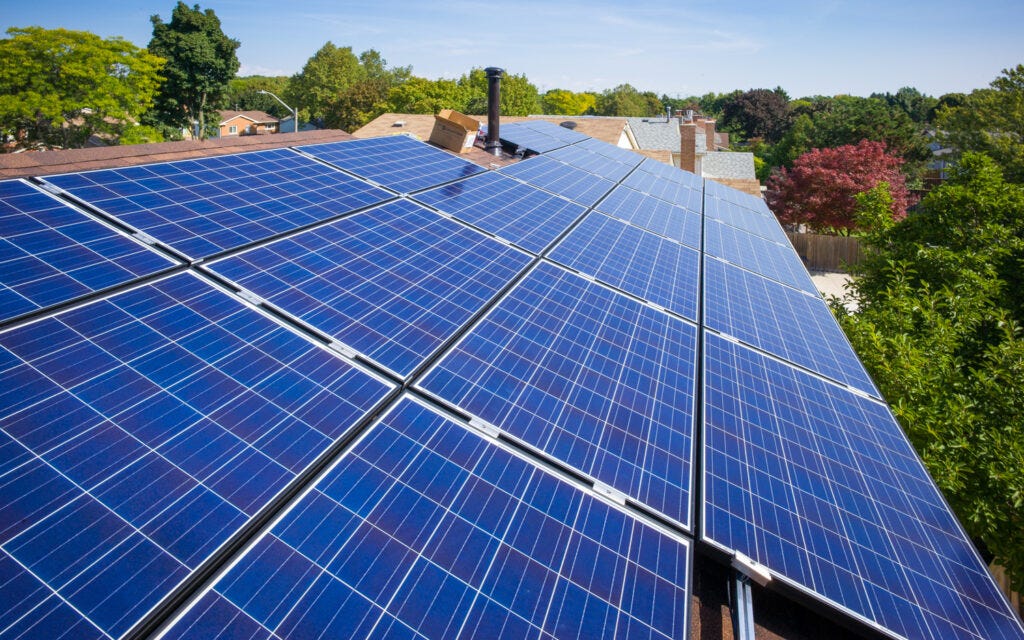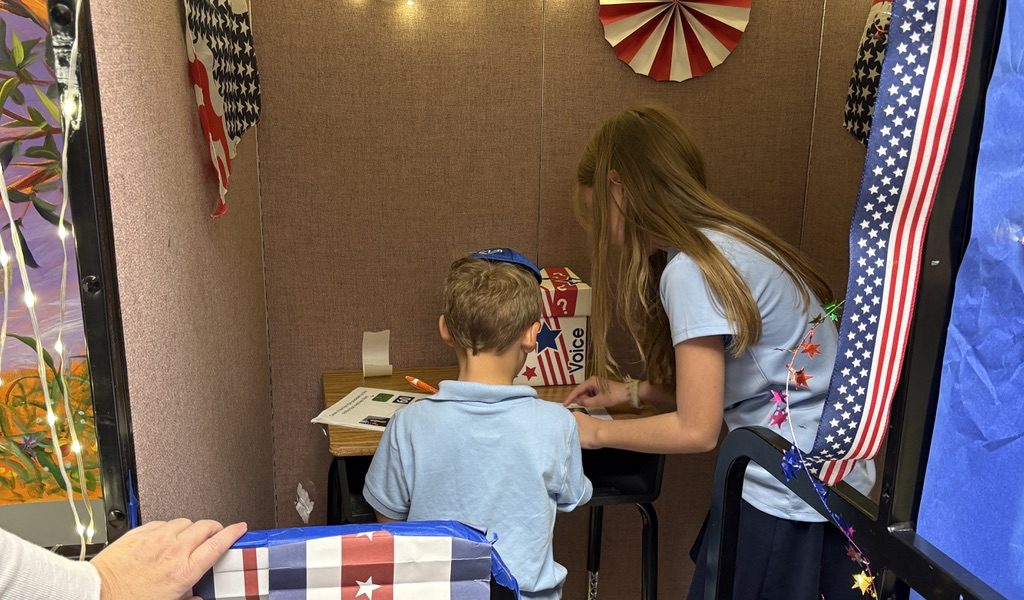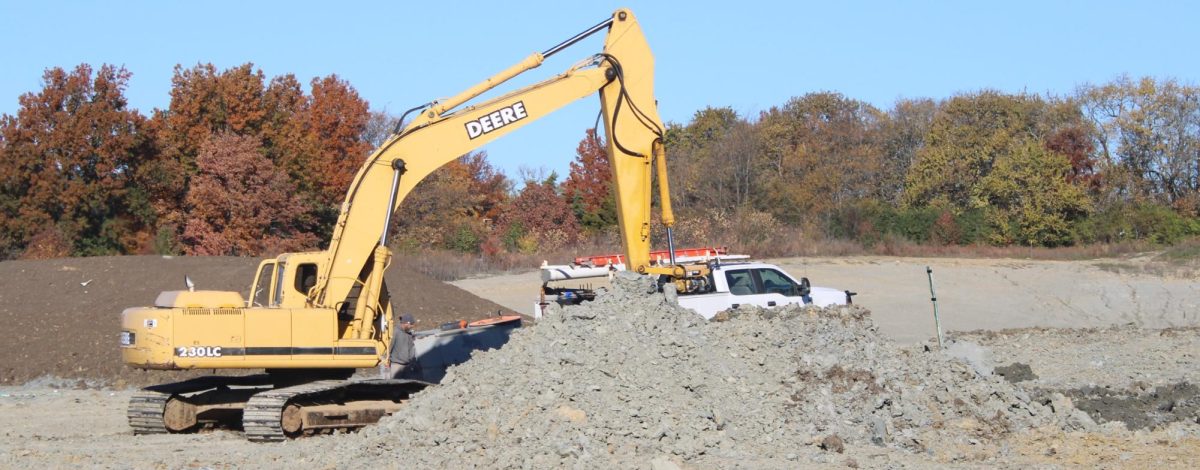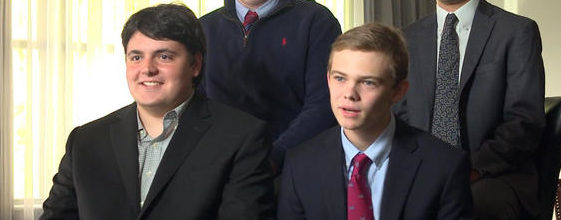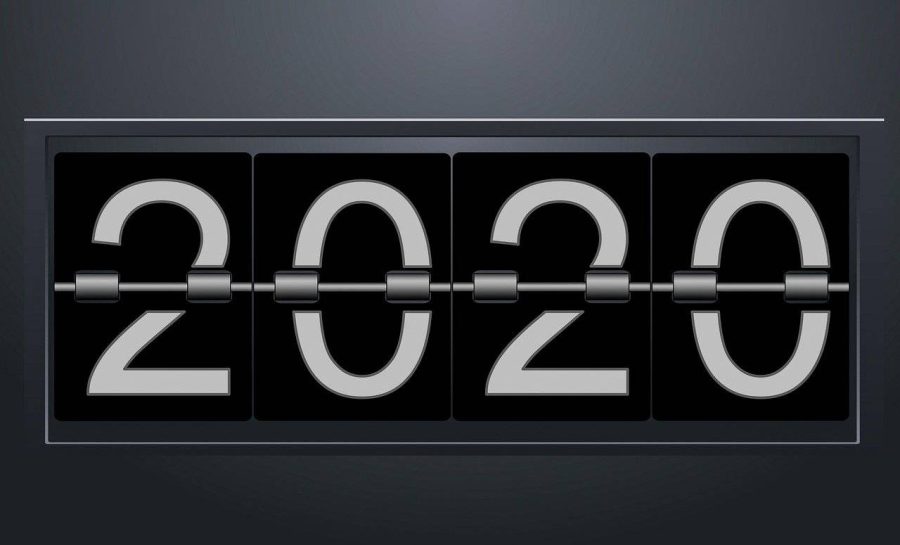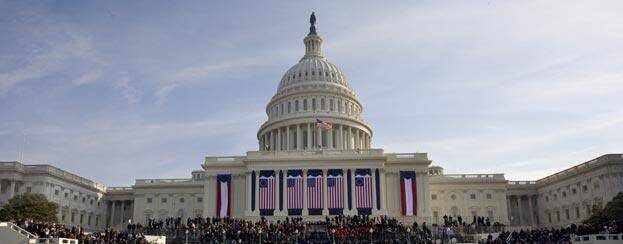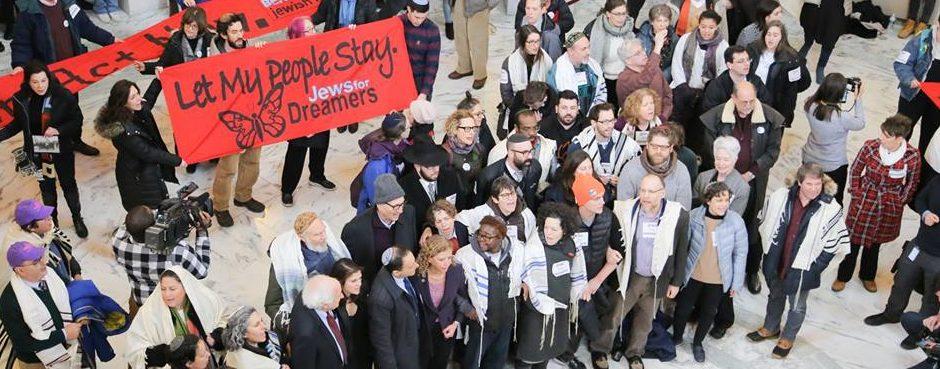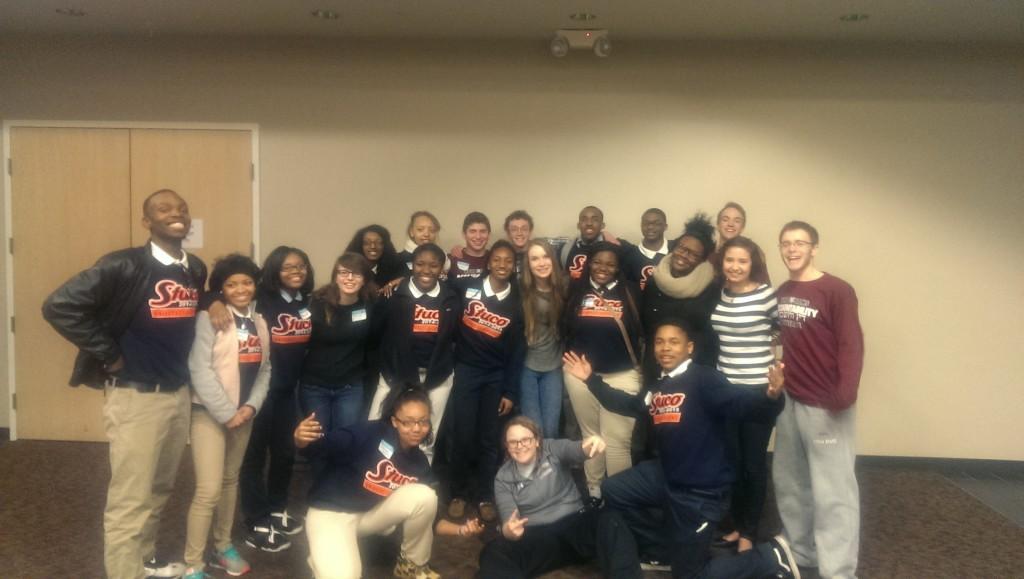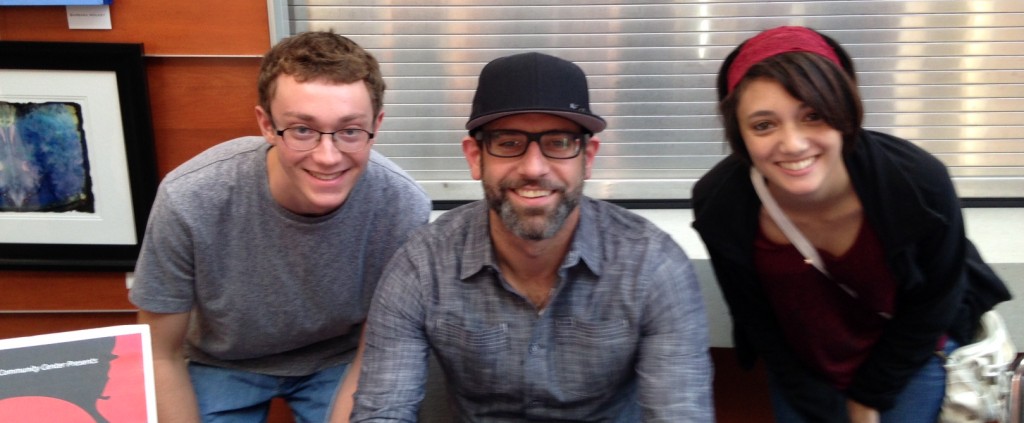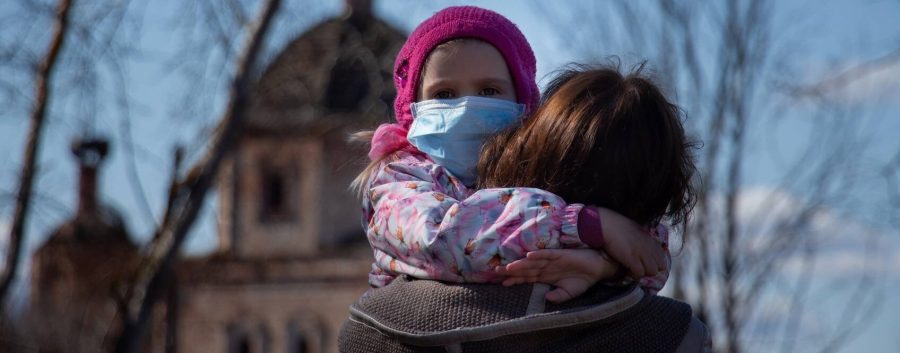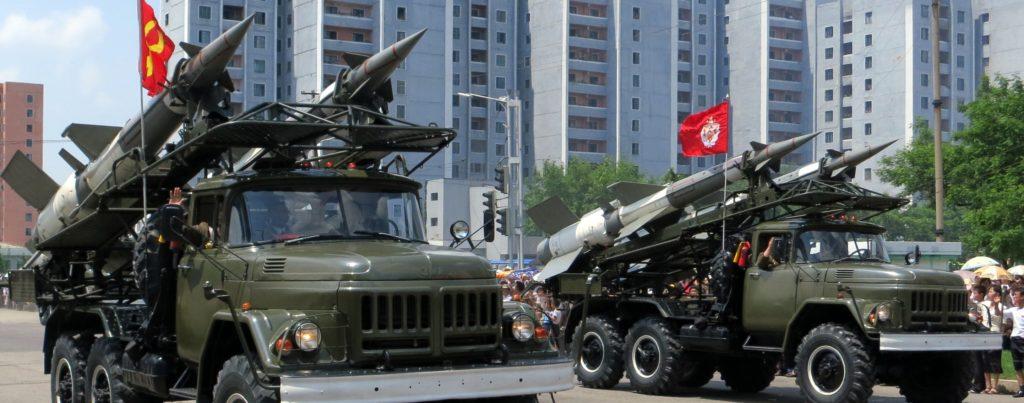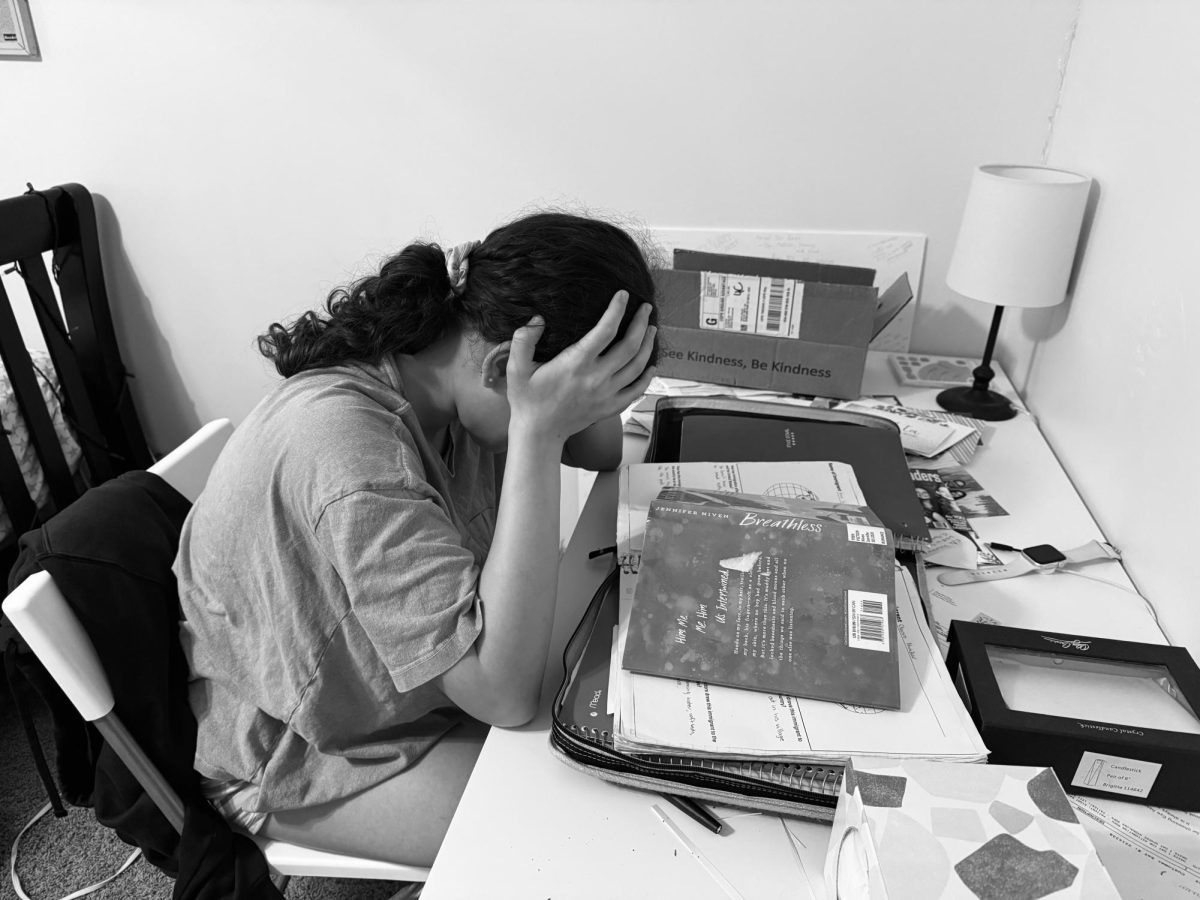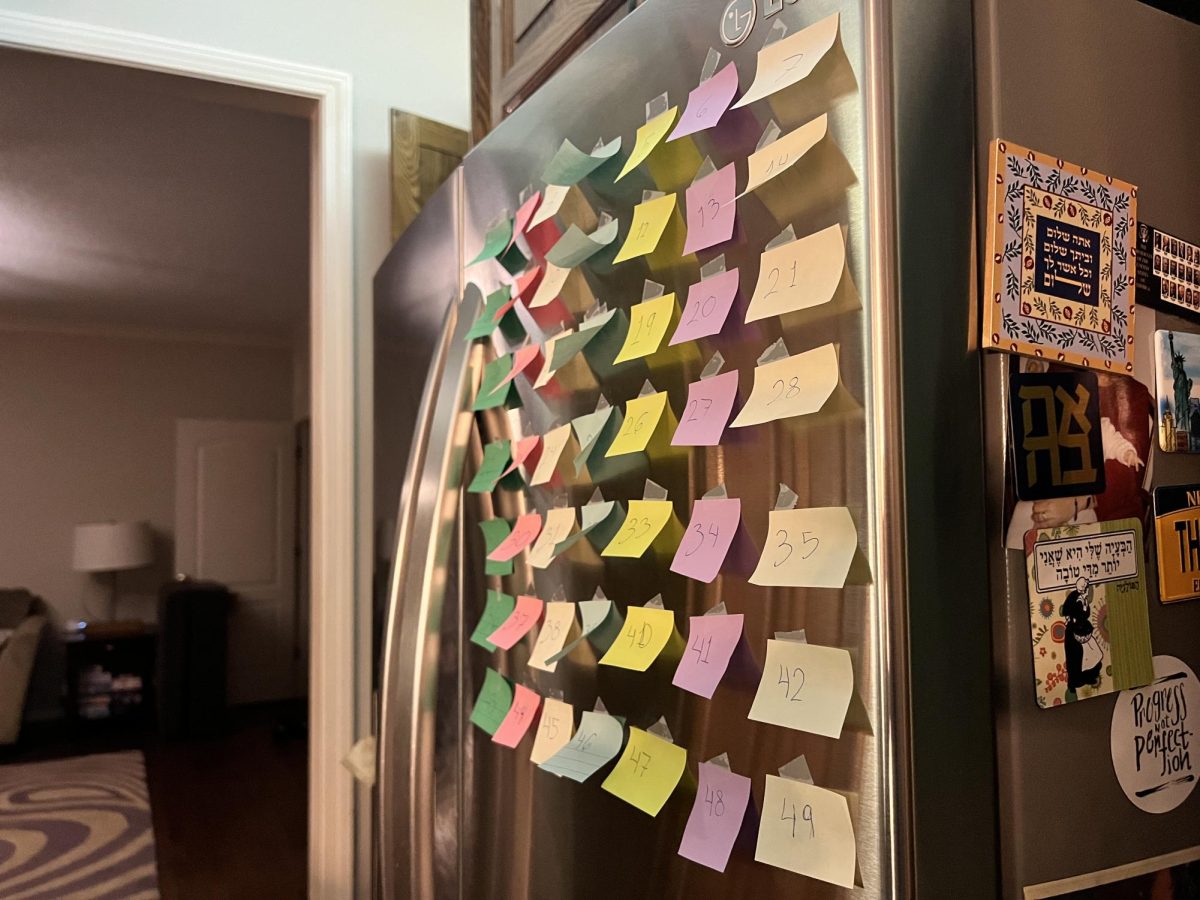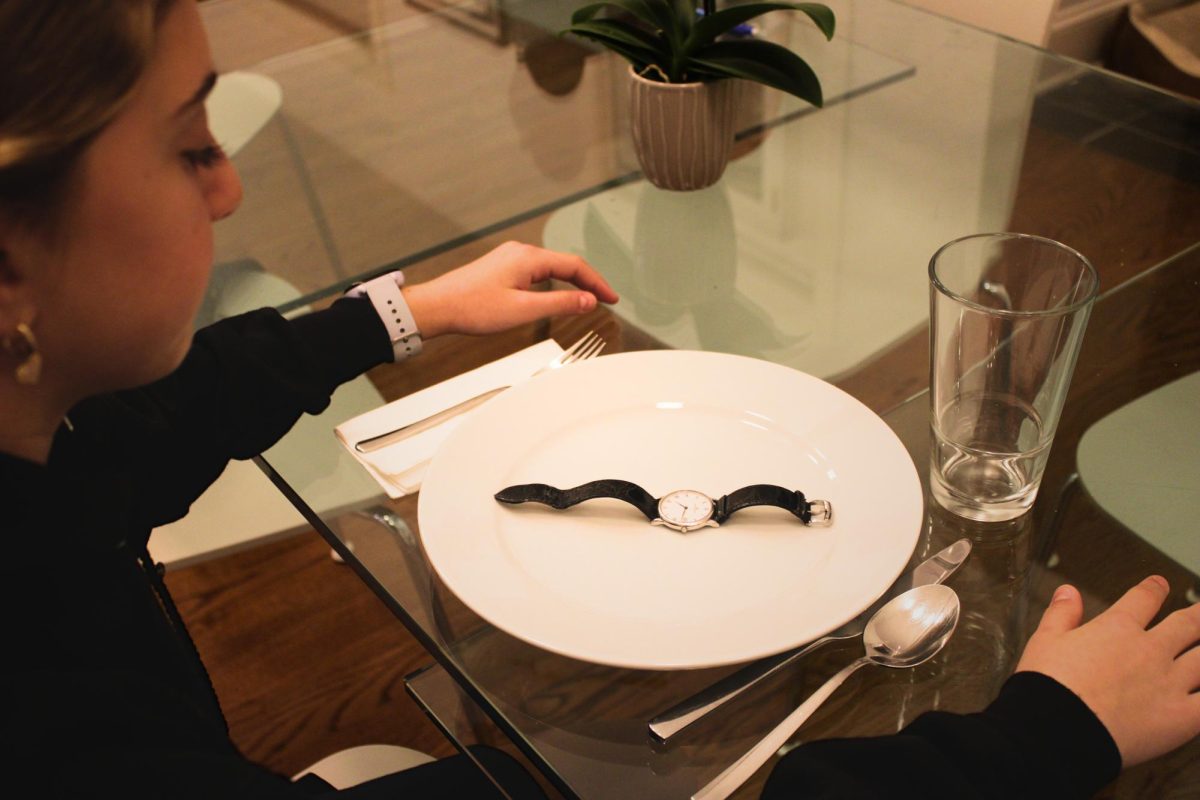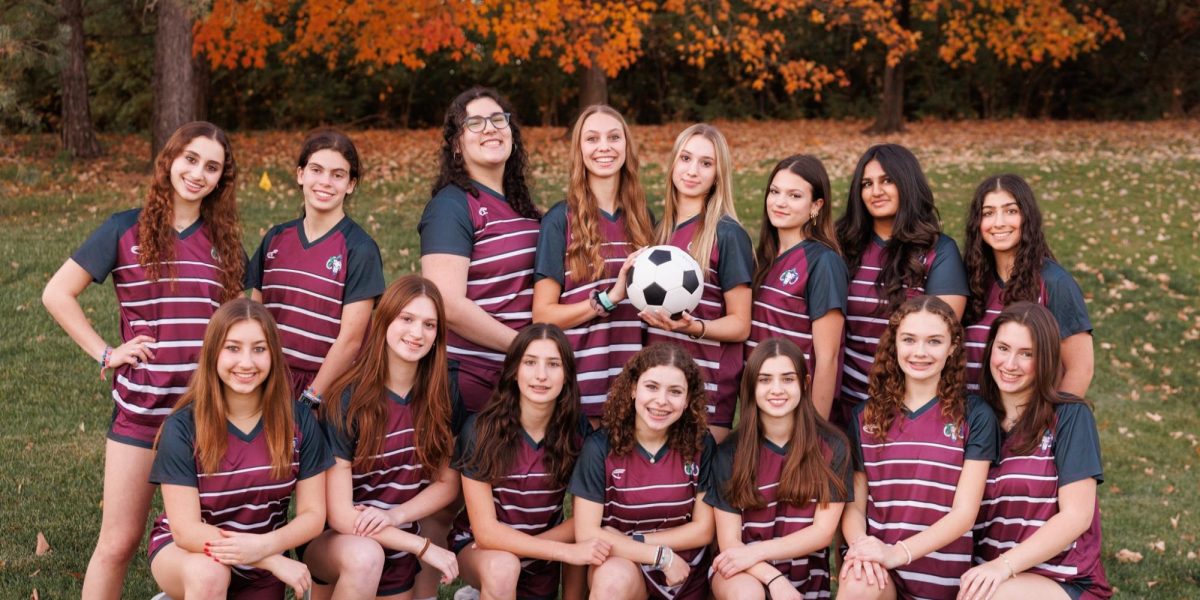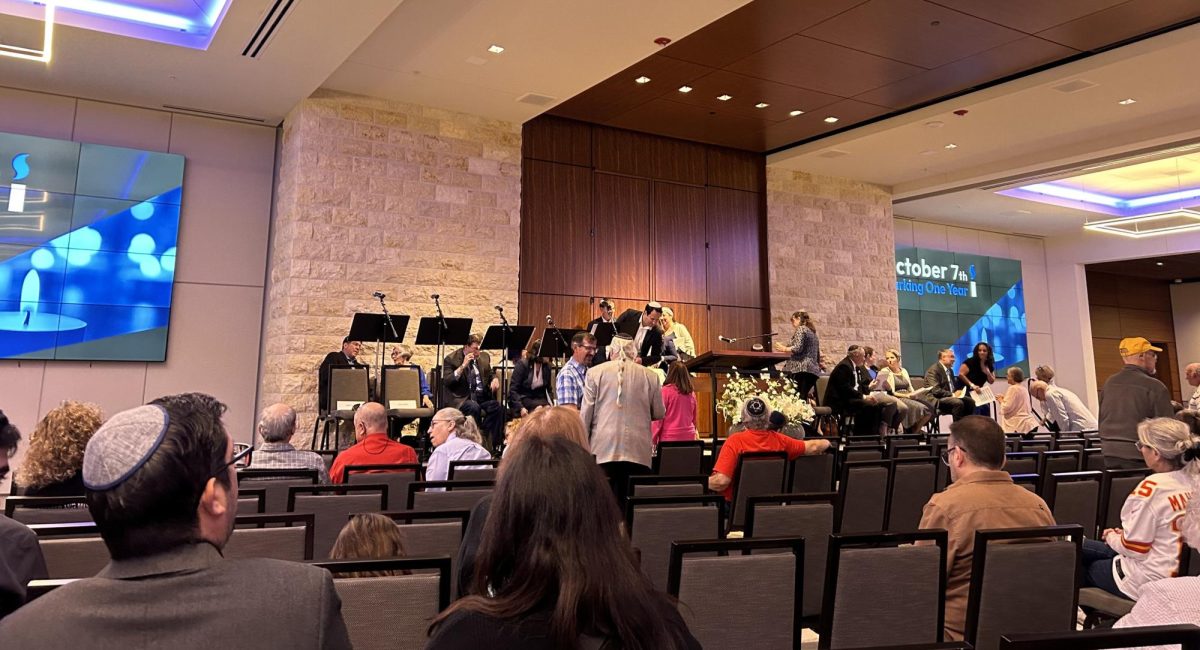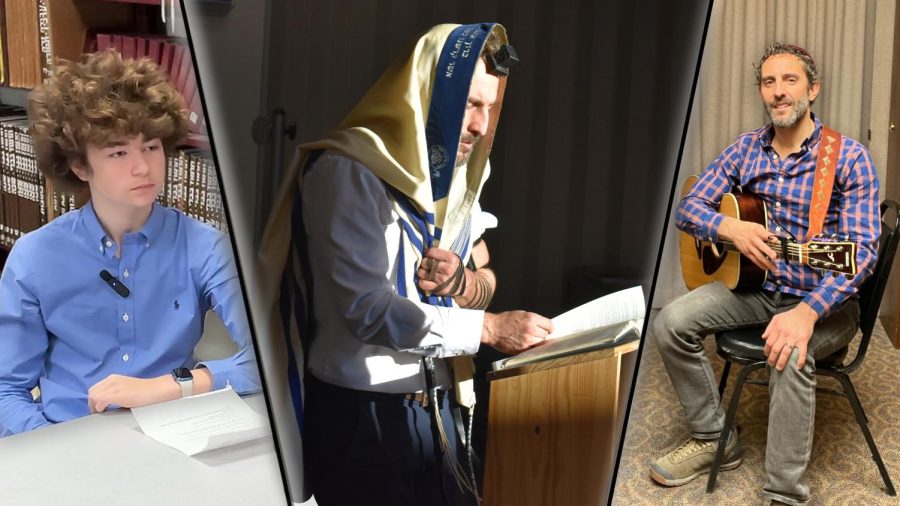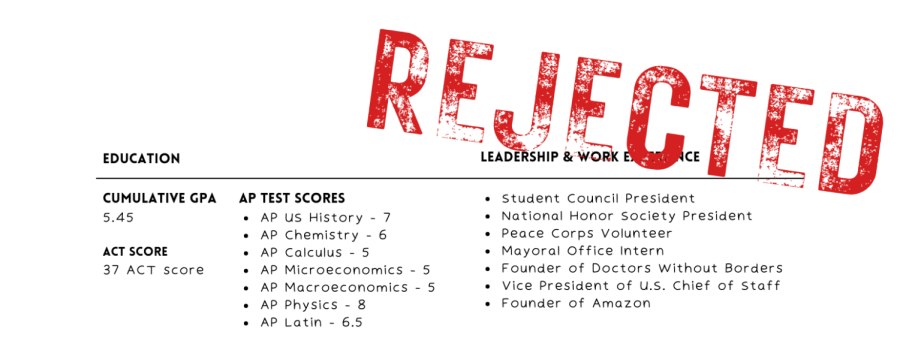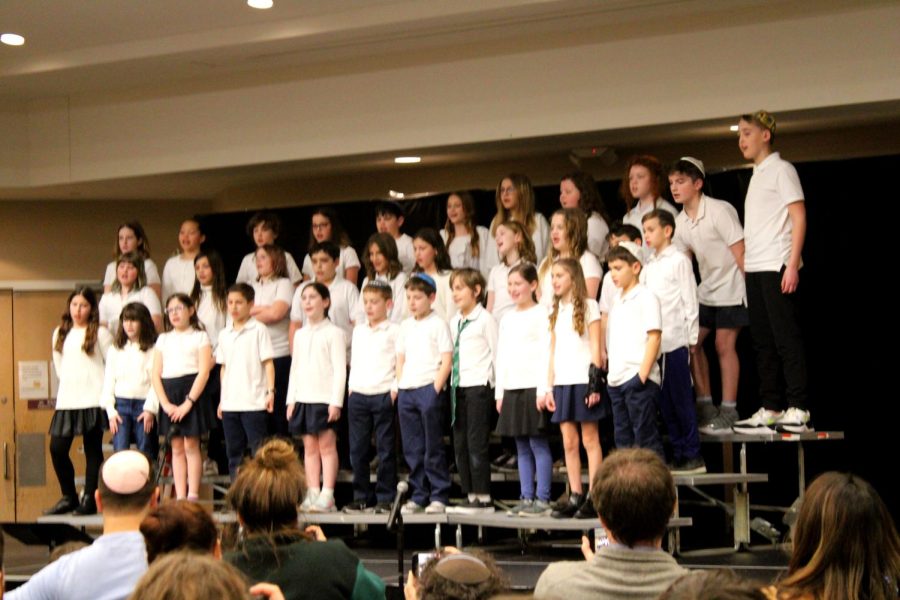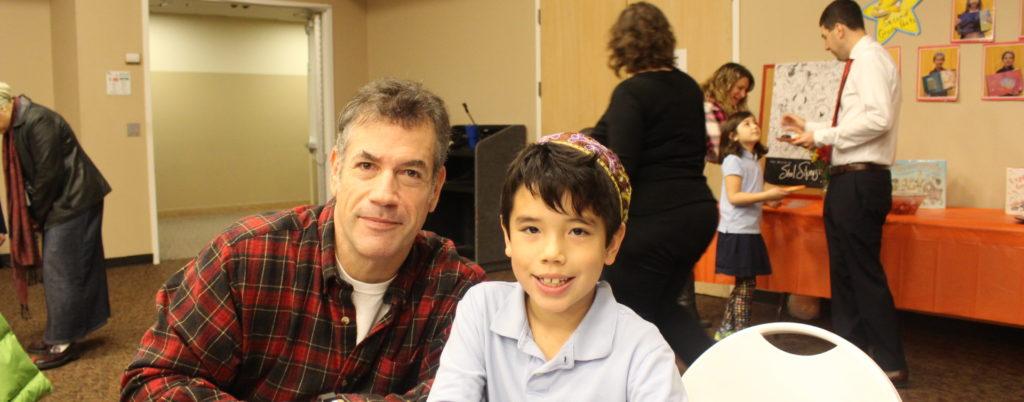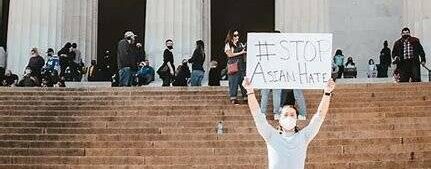The Western Wall, one of the most famous Jewish historical sites in the world, was at the center of attention once more as the international Jewish community responded to Israeli Prime Minister Benjamin Netanyahu as he pulled out of talks to expand the egalitarian section of the Wall this past June.
Since the day Jerusalem was reunified, the Western Wall has served as a beacon of prayer and meaning for Jews worldwide, regardless of denomination or gender. However, because the Wall is managed by the Orthodox Rabbinate, it is setup to abide by their principles and practices. This means that the Wall is divided into a men’s section and a women’s section, with the men’s section being significantly larger. Women are prohibited from reading Torah, wearing tallit or tefillin (ritual items commonly worn during prayer), or even praying aloud.
In 2013, Robinson’s Arch, an egalitarian section of the Wall, was opened, providing for the first time an egalitarian prayer space at the Wall (though it is not connected to the Western Wall as it is traditionally defined). When the prayer spaces at Robinson’s Arch opened, they were meant to serve as a temporary solution for the ongoing struggle between the Orthodox Rabbinate, backed by the government, and liberal Jewry worldwide.
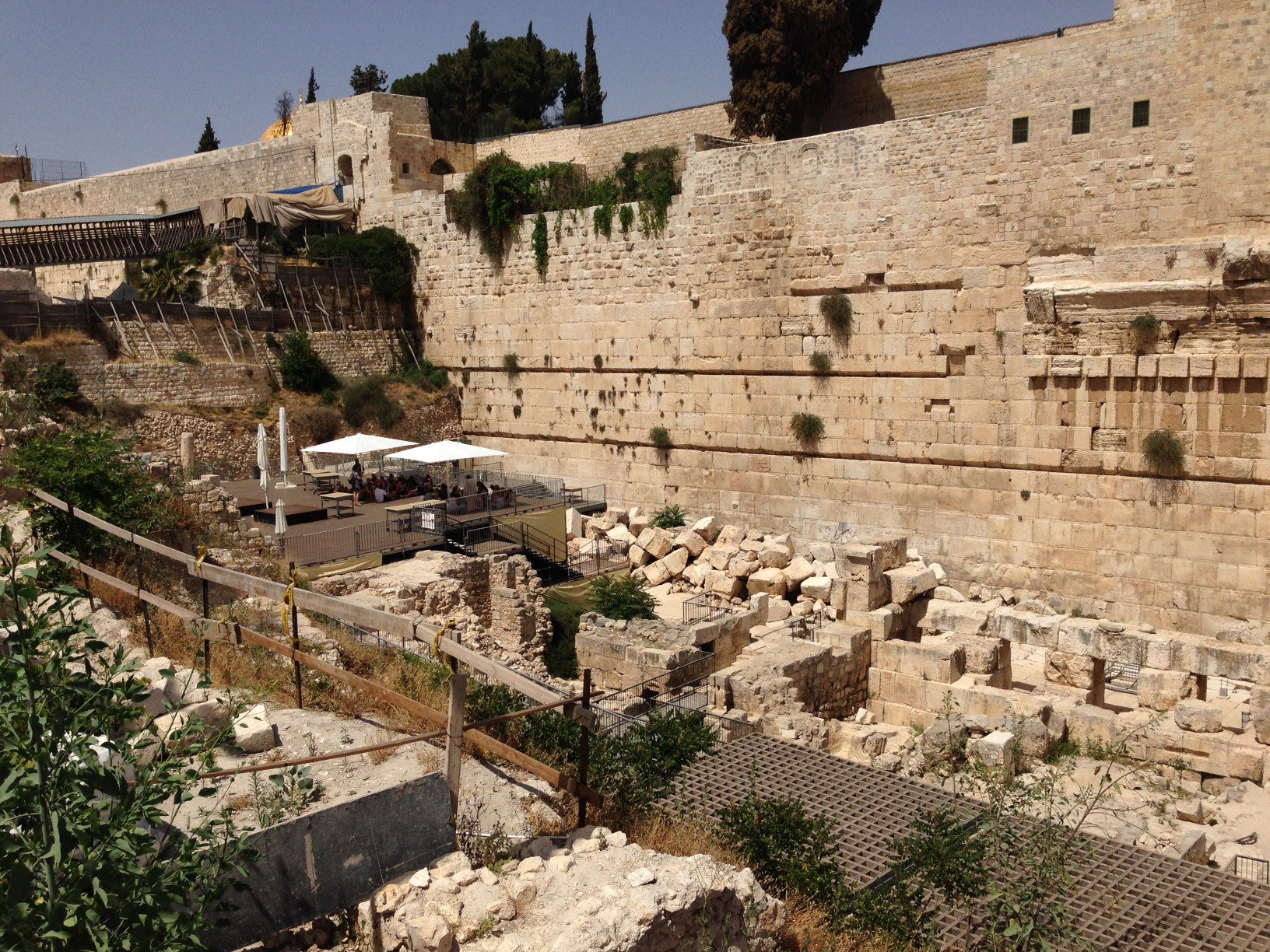
The 2013 solution has been regarded with skepticism from groups like Women of the Wall, a political organization that aims to secure the right for women to pray at the Wall without the restrictions currently placed upon them, as well as leaders of Diaspora Jewry. They worried that the agreement would not actually fix the problem, and that the sections still would not be equal.
Their concerns, however, seemed to be coming to an end in January of 2016: After five years of negotiations, Netanyahu’s government reached a decision that would expand the egalitarian prayer space at the Wall itself, since the Israeli High Court ruled that they could no longer claim that Robinson’s Arch counts as access to the Wall.

On Sunday, June 25, Netanyahu froze the plans due to extreme pressure from the ultra-Orthodox parties in his coalition government. The response from the international Jewish community was immediate — liberal Jews expressed outrage, furious that yet another obstacle was placed on the road to equality.
Halley Gerber, a freshman at Binghamton University and a member of Young Judaea, the Zionist youth movement of America, was among those angered by Netanyahu’s decision. “I was outraged and disturbed yet honestly not surprised because Netanyahu is known to be unreliable” Gerber stated. However, she added that she believes that a true solution can be achieved because “anything is possible as long as people advocate and are outspoken.”
Even on an institutional level, critics of Netanyahu and his government are rampant. The former Chief Operating Officer of the Union for Reform Judaism (URJ), Barbara Saidel, explained that “unless the court orders them to,” she does not believe that change will come from Netanyahu’s government. She added that “they’ll try to get around the court with new legislation. His only motivation is to keep power for one more day, and the way for him to do that [while retaining the support] of his coalition is to not let this happen.”
There have already been promises of a new agreement, a project Netanyahu delegated to Minister of Communications Tzachi Hanegbi. The second round of agreements are far from ready to be released, but Jews worldwide are already offering numerous requests and plans. To prove just how seriously they are taking the situation, the URJ hired Michael Arad, a renowned Israeli architect, to design an egalitarian section of the Wall.
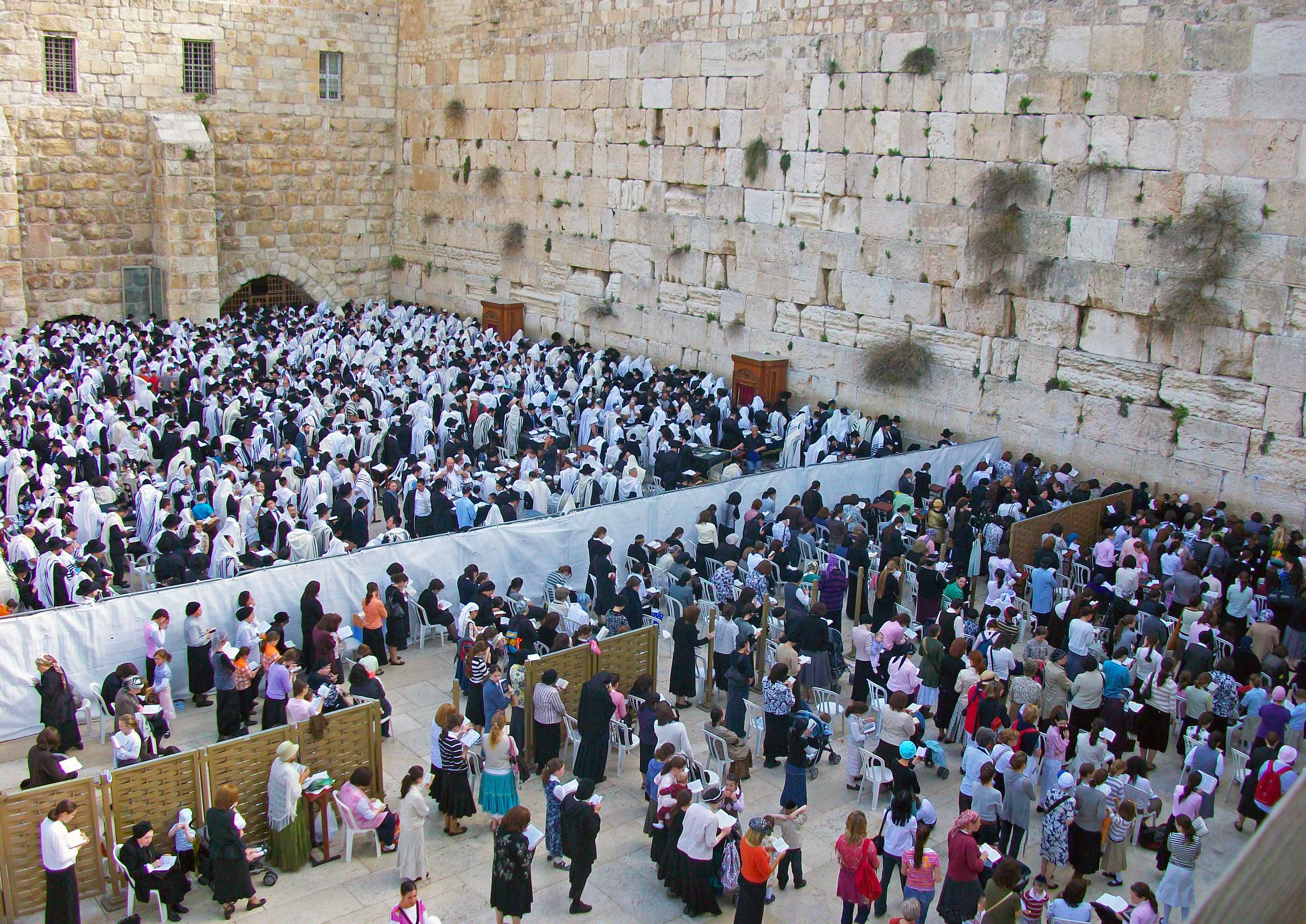
“What we asked for was that we want you to be able to walk in and have a choice right after you walk through security,” Saidel explained. “They [the three sections] should look like physically equal opportunities, like three forks in the road. You shouldn’t need a map and five people to ask to find the egalitarian section.”
The solution to the issue of egalitarianism at the Western Wall will not be easily resolved. Whether or not a third section is ultimately created, this conflict has forced Jewish communities worldwide to question themselves and each other, sit down, and bring difficult religious and political questions to the table. Even though there are questions that have yet to be answered and decisions still to be made, the first steps have been taken, and the global Jewish community anxiously awaits.

